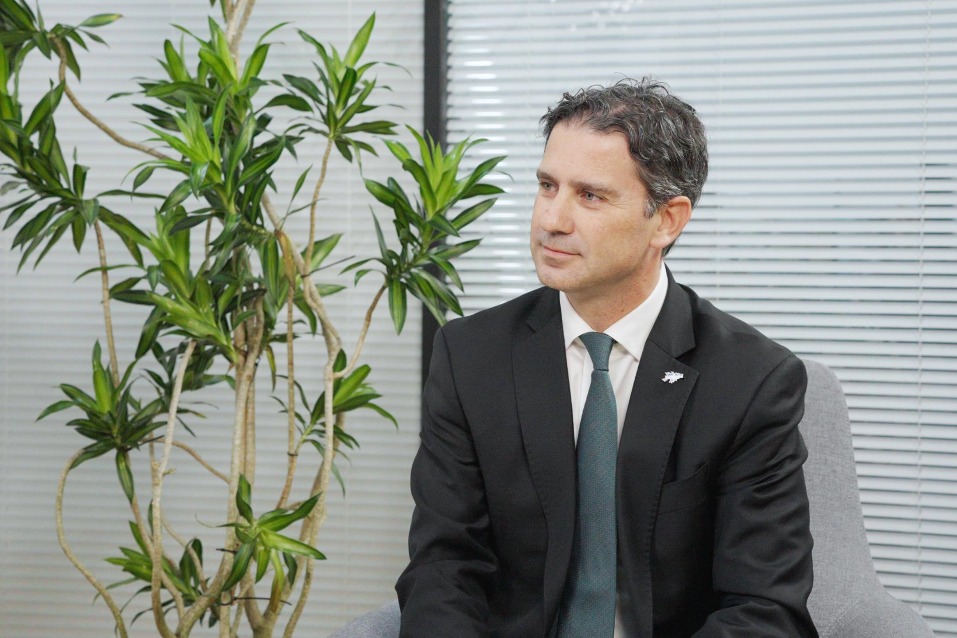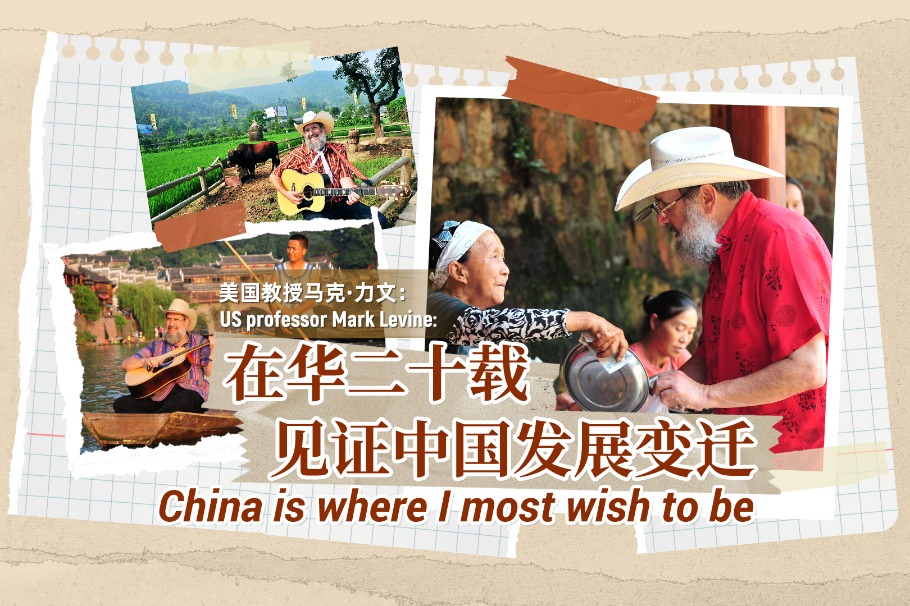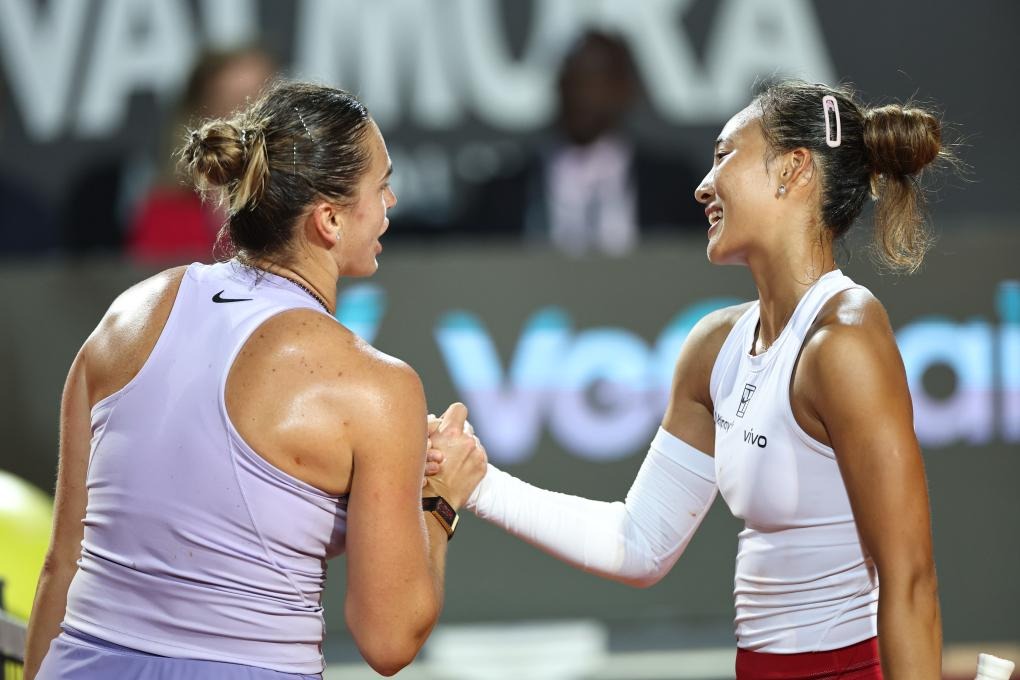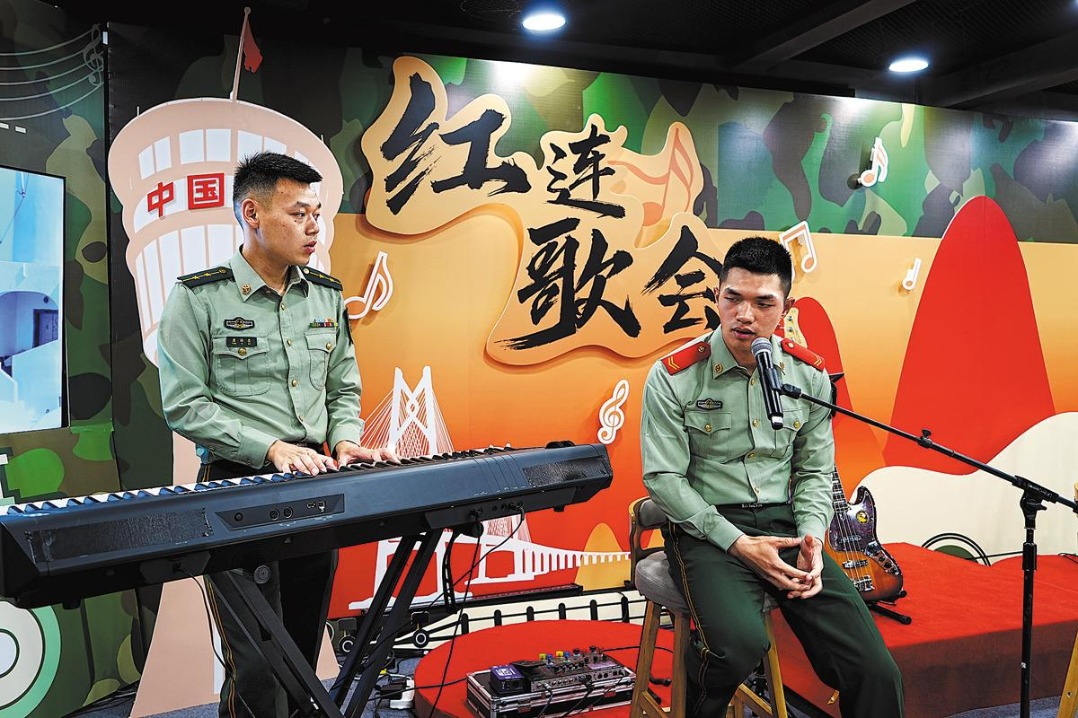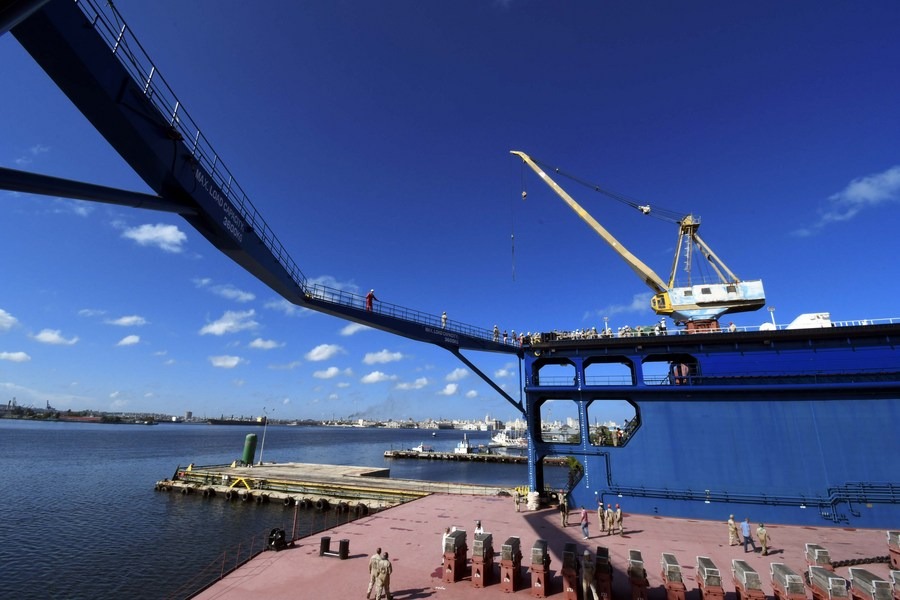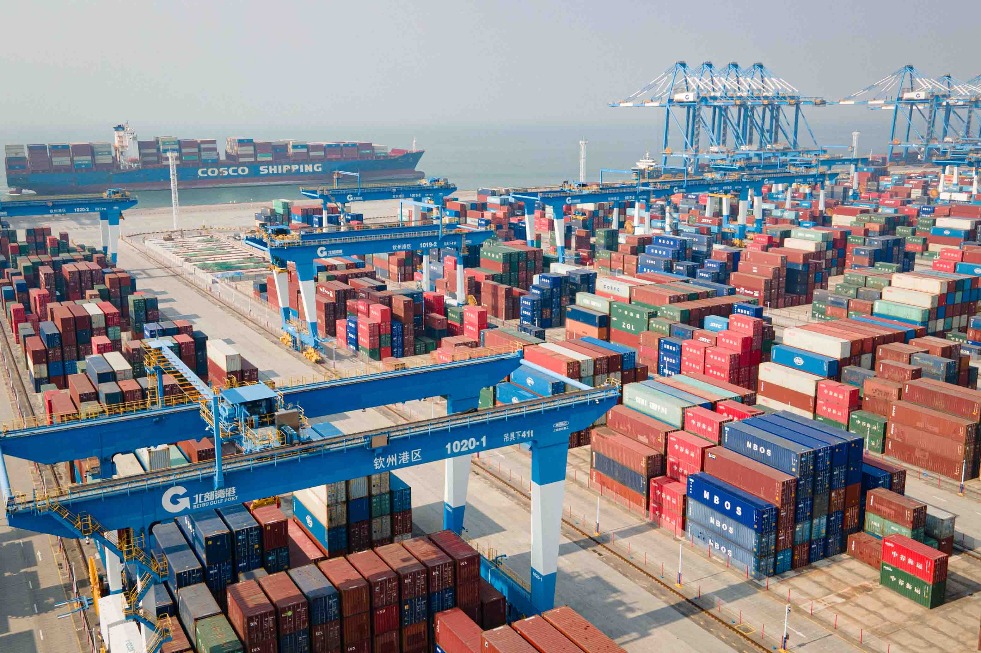Philippine presidential candidates wrap up campaign

MANILA-Philippine presidential candidates on Saturday night wrapped up a fiesta-like campaign period of 90 days for Monday's general election that decides the direction of the Southeast Asian country for the next six years.
More than 65.8 million Filipinos will troop to 37,211 polling stations on Monday to elect a new president, vice-president, 12 senate senators, and more than 300 members of the House of Representatives. Poll data showed that more than 18,000 national and local positions are up for grabs.
In April's final opinion poll of registered voters, former senator Ferdinand Marcos Jr, the 64-year-old son of former president Ferdinand Marcos, is in the lead and ahead of 56-year-old Vice-President Maria Leonor Robredo and eight other candidates.
On Saturday, millions of Filipinos took to the streets to support their preferred presidential candidate.
Marcos' camp claimed that up to 1 million people attended the miting de avance of Marcos and his running mate Davao City Mayor Sara Duterte-Carpio on Saturday night in Paranaque City in the capital region. In the Philippines, the miting de avance is traditionally the final campaign event for the candidates running for local and national posts.
Robredo's organizers claimed nearly 800,000 people came to support the incumbent vice-president and her running mate, Senator Francis Pangilinan, gathering at the heart of Makati City's central business district in a final show of force on Saturday.
Emmanuel Pacquiao, the 43-year-old boxing icon turned senator, ended his campaign in his downtown General Santos City in the southern Philippines; Francisco Domagoso, the 47-year-old Manila City mayor and former actor, in the Tondo district in Manila City; and Panfilo Lacson, the 73-year-old former national police chief turned senator, in his hometown of Cavite province.
For the past three months, presidential candidates crisscrossed the archipelago to win the hearts and minds of voters amid the COVID-19 pandemic. On the campaign trail, politicians sought to first entertain voters by singing and dancing on stage and even recruited popular actors to join them on the hustings.
After the crowd had been entertained, they discussed how they intend to revitalize the economy amid the lingering pandemic, reduce unemployment, and stamp out pervasive corruption.
This year, drones and livestreaming have become new features of campaign rallies. Candidates used drones to take aerial images and videos to post on social media platforms to capture the public's attention.
"Candidates have relied more on social media for their campaigns, and voters have tapped these applications as their source for news and other election-related information," said Aries Arugay, a political science professor at the University of the Philippines.
Xinhua

Today's Top News
- Xi's Quotes: Shared wisdom in Chinese and Latin American cultures
- Xi replies to founder of Danish Chamber of Commerce in China
- New guideline bolsters green inspections
- China, Chile urged to create model of common development
- Exporters pivot to home market amid headwinds
- BRI diversifies paths for CELAC cooperation


















